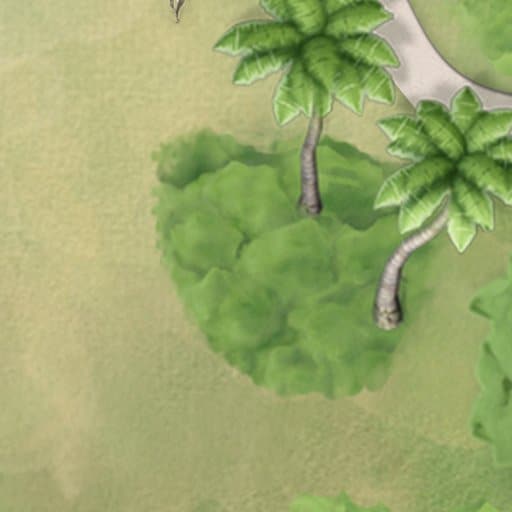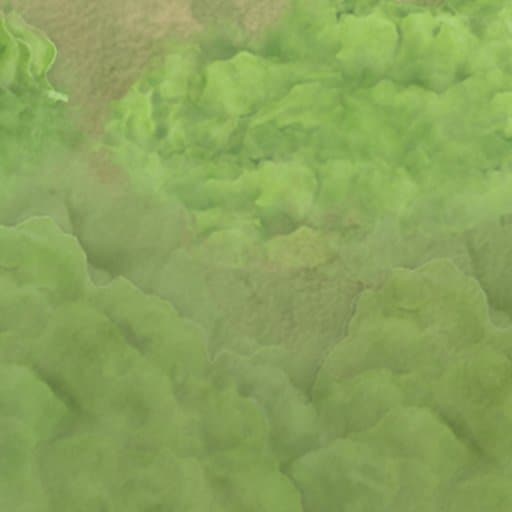
Aves africanas: Animales de Disney
Aves africanas en Walt Disney World Resort
Las aves se pueden encontrar en todos los climas y terrenos que ofrece el continente africano, desde arbustos hasta bosques y canales.
Al igual que algunos de sus contrapartes animales de la tierra, muchos pájaros africanos tienen características únicas de impacto que son asombrosos para contemplar. Y podrá ver de cerca estas maravillas aladas en el Disney Parque Temático Animal Kingdom.
Sólo sigue los chi pimientos y los okupas hasta el acebollino ubicado en Gorilla Falls Exploration Trail. Es el hogar de una increíble variedad de coloridas especies de aves.
Un Hogar Lejos de Casa
- Abubilla arbórea: Observa cómo estas curiosas aves exploran su hábitat mientras buscan insectos ocultos en la corteza de los árboles.
- Jacana africana: La jacana es más conocida por su caminata que por su vuelo. Los largos dedos de los pies les permiten caminar sobre plantas acuáticas.
- Abejaruco carmesí norteño: En Gambia, estas aves se denominan “primos del fuego”, porque pueden posarse junto al fuego y cazar insectos que huyen de las llamas. Incluso usan su pico para quitarles el aguijón a las abejas a fin de que no las piquen.
- Tejedor taveta: Observa a estas aves muy sociales y sus distintivos nidos tejidos. Los machos son de color amarillo dorado brillante con el dorso amarillo verdoso y las hembras son amarillo-oliva con rayas oscuras en el dorso.
- Gansito africano: El gansito africano con sus colores distintivos depende de sus excepcionales habilidades de buceo para buscar semillas, insectos y larvas y para evadir depredadores.
Preservación de Disney: Salvemos a las aves africanas
Las amenazas a las aves africanas están en aumento
Las aves africanas están perdiendo su hábitat ante la expansión de las ciudades, la contaminación, las inundaciones, las especies invasivas y la conversión de los bosques en áreas de pasto para su expansión. Y si bien los depredadores naturales como los sudacinos, búhos y lagartijas monitoreantes pueden amenazar sus poblaciones, las prácticas de caza insostenibles ponen aún más presión sobre ellos. Además, el suministro de alimentos de las aves se está manchando con pesticidas.Administración local inspiradora
Dado 1995 que el Disney Conservation Fund* ha apoyado a organizaciones sin fines de lucro que trabajan con las comunidades para proteger las aves africanas y sus hábitats, inspirar a la stewardship medioambiental y promover el respeto por la fauna silvestre.
*El Disney Conservation Fund cuenta con el apoyo de The Walt Disney Company y de los Visitantes de Walt Disney Parks and Resorts. Disney aporta el equivalente al 100 % de las contribuciones de los Visitantes y las dirige a organizaciones sin fines de lucro. Además, Disney cubre todos los costos de administración del fondo. El Disney Conservation Fund no es una organización de caridad, y las donaciones no son deducibles como contribuciones benéficas para fines impositivos.









